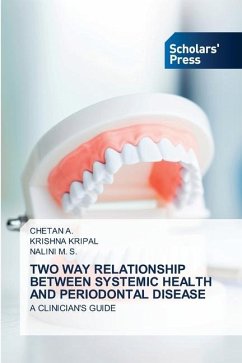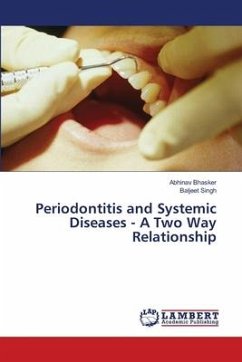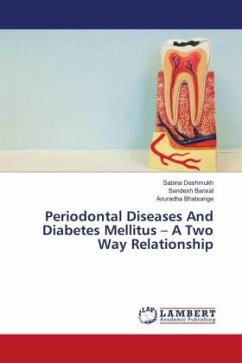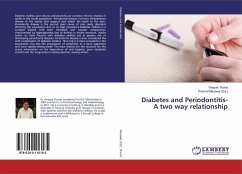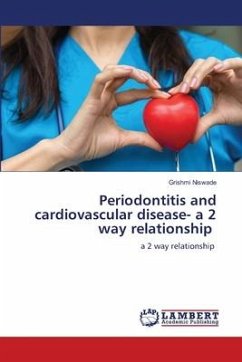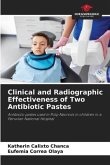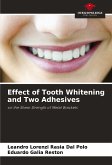One of the most prevalent diseases that affects people is periodontitis, an infected illness that can cause the inflammatory destruction of the alveolar bone and periodontal ligament. The activity of numerous toxic compounds generated from certain pathogenic subgingival plaque bacteria, as well as the host reactions evoked against plaque bacteria and their products, are likely the causes of periodontal damage. A gingival ulceration caused by the inflammatory response may develop around the tooth, allowing intact bacterial cells or their byproducts, such as lipopolysaccharides, pieces of peptidoglycan, and hydrolytic enzymes, to enter the bloodstream. Furthermore, it is understood that the host's defense against periodontal infections includes local production of cytokines, biological mediators including prostaglandins and interleukins, as well as systemic reactions such as the generation of serum antibodies.
Bitte wählen Sie Ihr Anliegen aus.
Rechnungen
Retourenschein anfordern
Bestellstatus
Storno

